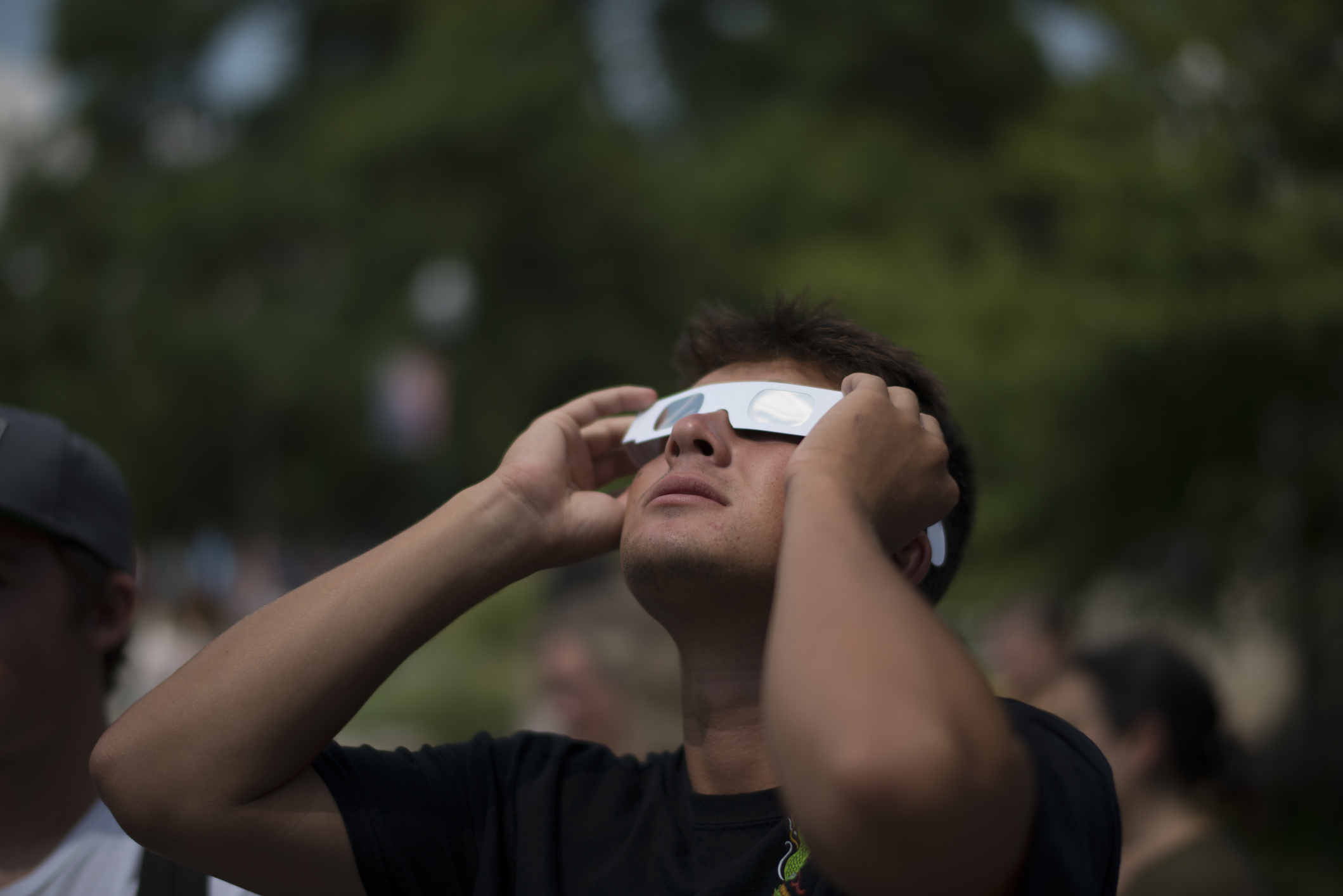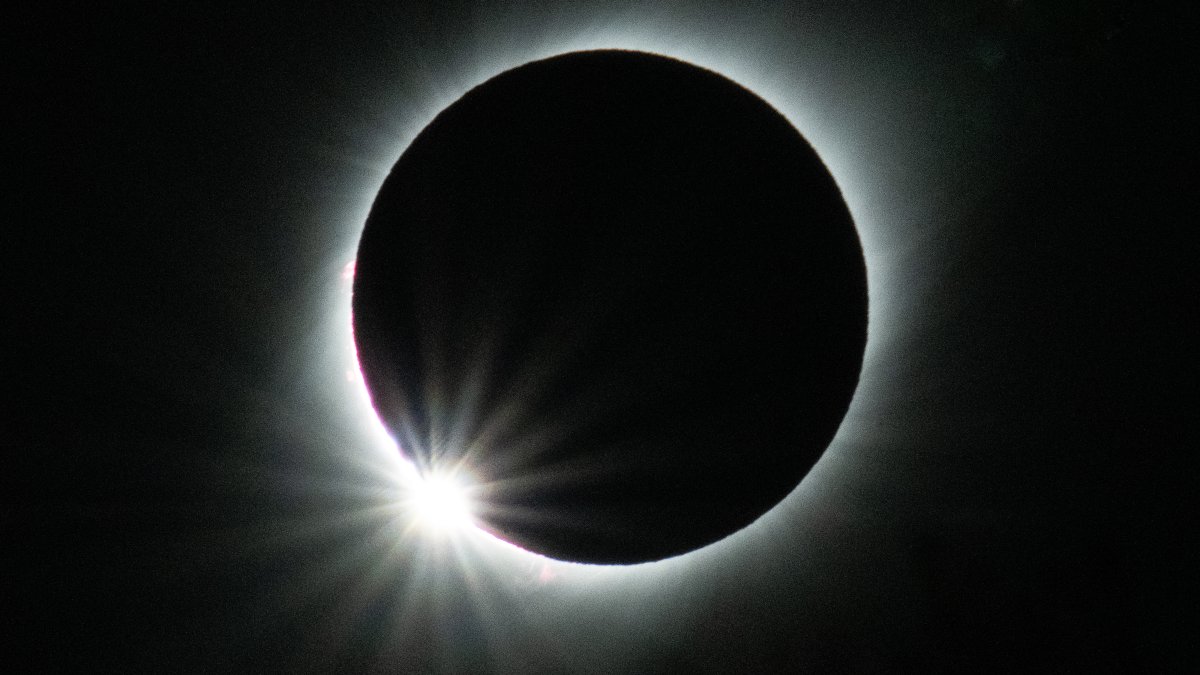Unless you’ve been living under a rock (or perhaps in the shadow of one), you’ve heard about April’s solar eclipse.
Conceptually, it’s simple. The Moon passes between the Sun and Earth, casting its shadow directly onto Earth, temporarily blocking the Sun.
The strip of real estate that falls in the direct shadow of the moon is known as the path of totality. It’s the only place to witness the total eclipse live and in-person. For months, if not years, throngs of people from all over the U.S. and beyond have been making plans to do just that – see the spectacle in person.
Get Tri-state area news and weather forecasts to your inbox. Sign up for NBC New York newsletters.
The path of totality in the U.S. spans from Texas to Maine. Lucky locations in that path include Dallas, Little Rock, Indianapolis, Cleveland, Rochester, and Caribou, Maine.
The big question for many strategic eclipse chasers, or umbraphiles (shadow lovers), is “Which location has the best chance of clear skies?” Because who wants to experience an eclipse under cloudy skies?
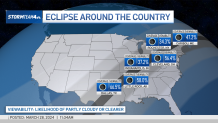
Based on historical sky cover data, one of the most likely places for clear skies on April 8 is Dallas, Texas. The eclipse viewability there is 66.5%, with viewability defined as the percent chance for skies to be anywhere from partly cloudy to clear in that location.
Indianapolis, Indiana, and Rochester, New York, are cities with some of the lowest viewability — below 40%.
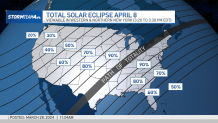
Outside the path of totality, the rest of the country will experience a partial solar eclipse. Here, the Moon’s alignment is shifted enough that the Sun is never fully obscured, resulting in a crescent-like appearance to the Sun. Undoubtedly, there will be millions and millions of watchers across the U.S. viewing the partial eclipse.
The closer a given location is to the path of totality, the more obscured by the Moon the Sun will be when the partial eclipse is at its maximum.
In the partial eclipse zone, Albaquerque, New Mexico is one of the best spots for viewing. The viewability rating here is over 60%. On the flip side, Boston is more likely to be cloudy. Its viewability rating is only 38%.
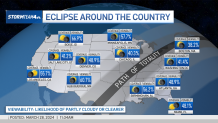
In the Tri-State Area, the eclipse will peak at 3:25PM with about 90% of the Sun covered.
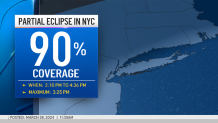
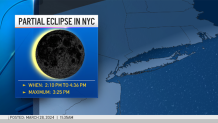
Here, the viewability ranges somewhat widely, with Bridgeport and Teterboro Airport the locations with the best chance, statistically, for good viewing. Newark and the five boroughs are more likely to be cloudy.

Statistics are great for trying to make an early decision about where to view the eclipse on April 8. But we all know that Mother Nature can definitely throw us a curve ball, so watching the forecast leading up to the eclipse will be crucial for making any last-minute tweaks to your viewing plans.
Be sure to tune in to NBC 4 New York on air or wherever you stream, and check online at NBCNewYork.com anytime for the latest forecast.
Hopefully viewing conditions will cooperate, because the next total eclipse in the U.S. doesn’t happen until August 23, 2044.
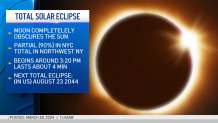
Reminder: if you plan on viewing the eclipse, remember to do so safely, wearing proper eclipse glasses.


